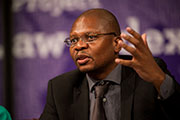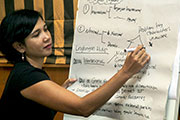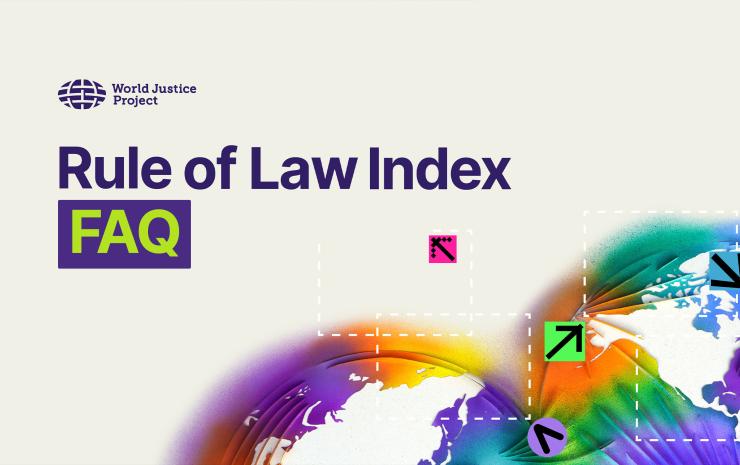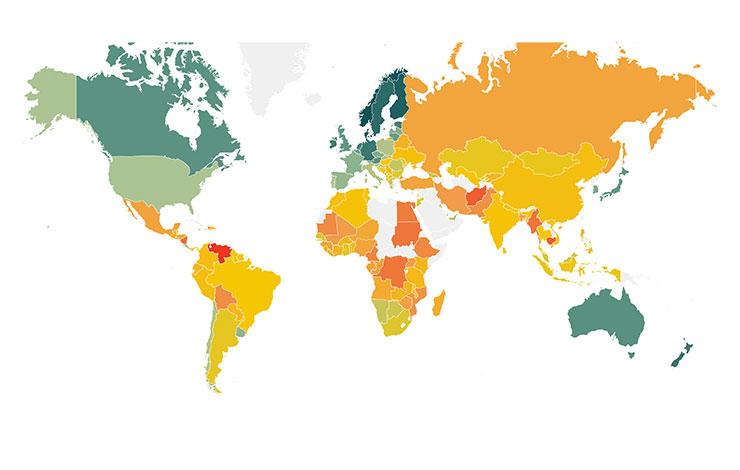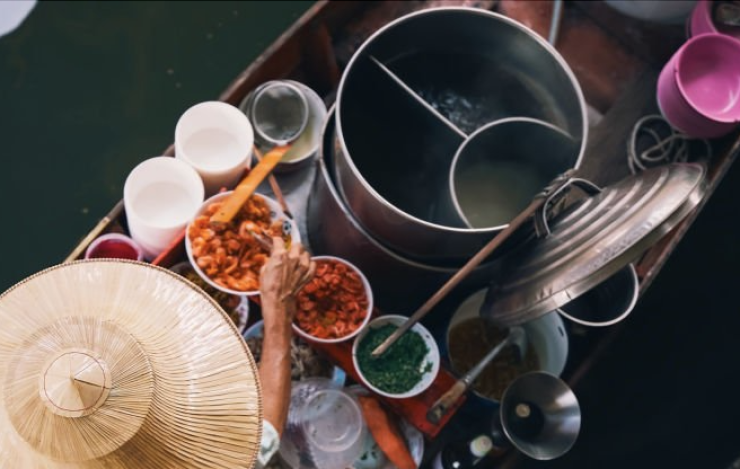
There are important evidence-based studies that have shown, not least through the work of BRAC and Grameen Bank in Bangladesh, that by investing in and focusing on women as the centre of development interventions we achieve multi-layered levels of progress which rapidly spread from the household to the community and to the State level. These are also the interventions which have the most long lasting impact. When a woman is helped to recognize her own agency, and when her own justice seeking behavior increases, the behavior of the whole household changes. When we analyze Bangladesh's achievements of being “on-track” in several key MDG targets, we see that placing women at the centre of an integrated multi-sectoral plan has worked best. For example, when analyzing Bangladesh's remarkable achievement in case of maternal mortality reduction under the MDG framework, we see that investment a decade ago on retention of girl children in secondary schools has paid off.
Worldwide as well, we are able to tag national progress with the closing of the gender gap in girls' enrolment in primary education and increase in women's participation in the labor market. Now what is required is to go beyond meeting women's basic needs to amplifying their voices as rights-holders to those development interventions.
Women's rights advocates have been claiming for over a decade now the centrality of gender equality to any development framework. It is crucial that this message of approaching the post 2015 MDG formulations from a gender lens is understood adequately. Overwhelming evidence already tells us that despite decades of development interventions, it is women who continue to be the majority of the world's poor. There is also evidence to show that the greatest barrier to progress on development goals has been gender inequality. The critical link between women's empowerment and their equal access to education, work, health care and decision making to development outcomes is already well established. Such evidence and ground realities should be the driving force behind the framing of global development goals.
Justice, equality and empowerment: Issues that go beyond “smart” indicators
There is a common argument that issues of justice and equality cannot be measured, and that even if some measurement indicator can be worked out, they are neither “smart” enough to make scientific and statistical sense nor tangible enough to determine impact. Being “smart” here means, of course, satisfying international development model requisites that an indicator should be specific, measurable, achievable in a cost effective way, relevant for the programe, and available in a timely manner. This sounds like a very reasonable tool to proceed with in a development project. But in reality, applying this tool to every project does not bring about the desired goal.
For decades we have been pushed to come up with “smart” results and indicators in social, legal and cultural program models which have all along been premised on scientific metrics which again look at parameters or measures of quantitative assessment. It is not a surprise therefore, to have less than “smart” indicators when we are trying to gauge a social outcome through a mathematical tool.
For post 2015 MDGs and especially SDGs, it will be necessary to reformulate the way performance indicators are devised for programs on access to justice, equality of opportunities and empowerment of communities. I would like to recommend that we track progress on these issues through a set of process indicators in addition to outcome indicators. Not all sectors of development can be straight-jacketed into pure outcome or performance indicators. Process indicators are much better suited to picking up the differences and nuances of development in issues of justice, gender equality and inclusion of diversities. As the saying goes, “Not everything that counts can be counted and not everything that can be counted counts.”
A lot more work has to be done in the Post 2015 development goals process to make a tangible link between pure development language and rights language. One way to go about this is to change the definitions of development and to give new meanings to concepts of rights, entitlements and empowerment. For developing effective indicators on equality and access to justice in the MDG/SDG framework we can look at CEDAW's (Convention on the Elimination of All Forms of Discrimination Against Women) definition of discrimination.
Looking at CEDAW will help development outcomes to be based on the recognition of existing inequality and the cumulative effect of past discrimination. CEDAW prescribes a redistribution of opportunities and resources as part of equality measures under Article 4.1, which deals with Temporary Special Measures (TSM). As an indicator, among other things, MDGs and SDGs could use this framework to help countries identify how TSM can be incorporated in the law and find numbers of women in that country who have benefited from TSM and in what ways. This can be further disaggregated by bringing in intersectionality of class, age, education, religion, ethnicity, physical and mental ability, income, location and other realities.
Going beyond 2015
In a 2010 think piece titled “Millennium Development Goals for the Rich?” David Sogge of the Transnational Institute strongly and rightly critiques the United Nations and developed countries which lead the global aid industry to have done very little or nothing at all to be held accountable under MDG Goal Eight, where such countries are required to contribute a percentage of their GDP to a global partnership for development. If the aid industry continues to push developing countries to deliver on descriptors of poverty, health, education, water and sanitation and economic development while largely avoiding crucial matters like inequality and discrimination and haemorrhaging funds from them, then, Sogge warns, trying to achieve the MDGs will be like trying to walk up an escalator going down.
Developing countries such as Bangladesh, which have already shown that the MDGs provide an important framework for development, must push donor countries on the materialization of this last goal. If not pushed and prioritized on goal 8, the materialization on the preceding 7 goals will be jeopardized. This is not to say, however, that developing nations are to push for a charity agenda. Rather, we can look to the example of Bangladesh which has shown that an MDG-based national development strategy complemented by development assistance is the best way to back up each nation's human development ambitions.
This article is adapted from “Bringing Justice, Equality and Inclusion to the Global Development Agenda Beyond 2015” article originally published on the Forum Magazine of Daily Star. To read the full text, please click here.
